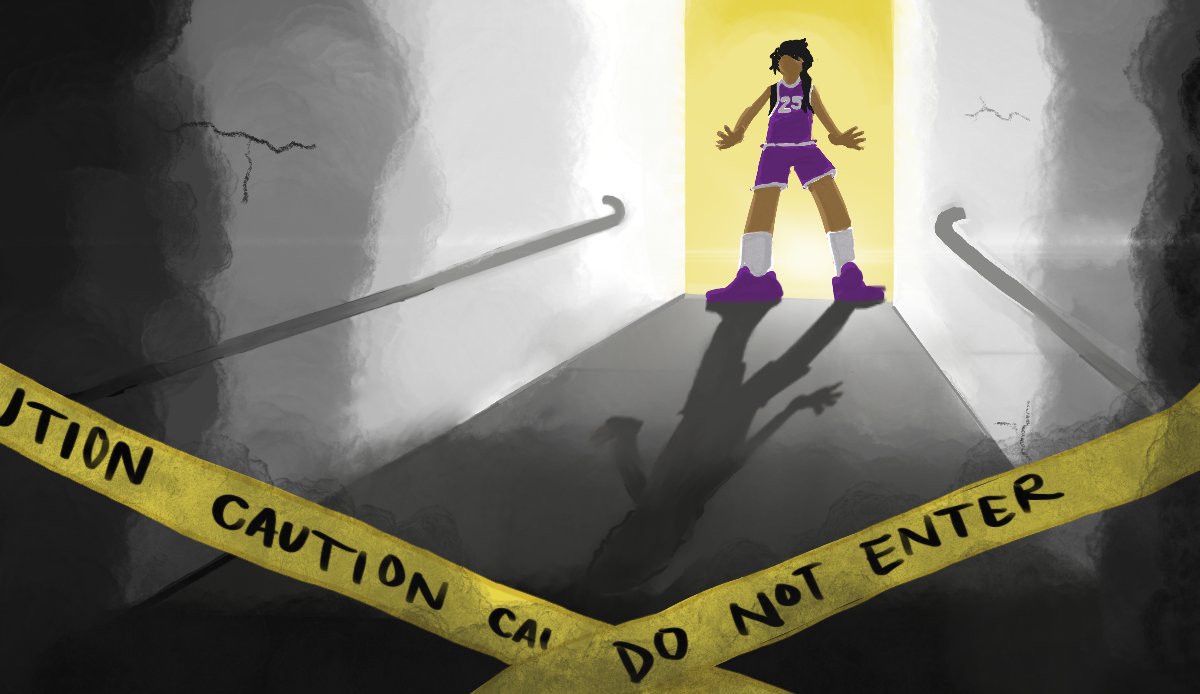For those in the dark, emoji are ideograms and smileys used in electronic messages and Web pages existing in various genres, including facial expressions, common objects, places, types of weather, body parts, and animals.
If you own a smart phone, use Facebook, Twitter, Instagram, or any other forms of social media you most likely use emoji on a constant basis.
When expressing your love or admiration you might send an emoji with heart-shaped eyes, when expressing anger you might send a disgruntled looking emoji; for every possible human emotion there is an emoji avatar ready and willing to express that emotion on your behalf — they even have emoji dedicated to sex texting, most commonly referred to as “sexting.”
I could have used emoji to help writing this article, but that wouldn’t be writing, would it? On top of that, the Microsoft Word program I am currently using does not feature the use of emoji… yet.
The problem I have with emoji is that people over-use them (myself included). It’s more convenient to send an emoji than to type a word or sentence, which could contribute to illiteracy. Don’t get me wrong. I like the option of digital hieroglyphics. And when used sparingly these cute little cartoon buddies can emphasize your message.
As I mentioned earlier though, it just isn’t writing! Even though emoji is quickly becoming the world’s first universal language, I just can’t get over how silly some of these emoji are! Smiley poops, cat faces, the guy wearing the turban, WTF?
Out of hundreds of emoji, I probably use only ten. Maybe my disdain for the overuse of emoji is due to my love for human language, and the written word, maybe it’s because I love creative writing — poetry, fiction, nonfiction, journalism.
I have to go before I have to type the word emoji again! Oh shit… I just typed it again! I’m gone.
Justin Webster is a Tower staff writer. E-mail them at justinwebster579(at)gmail.com.

























